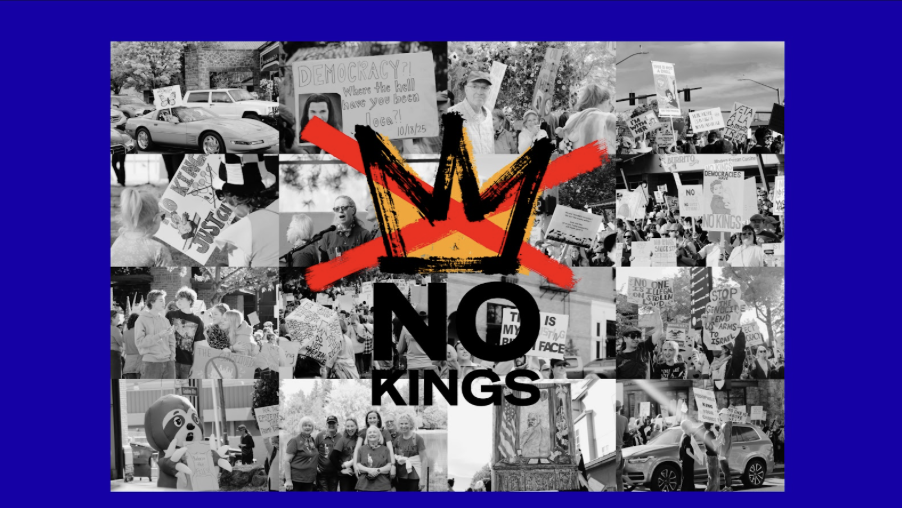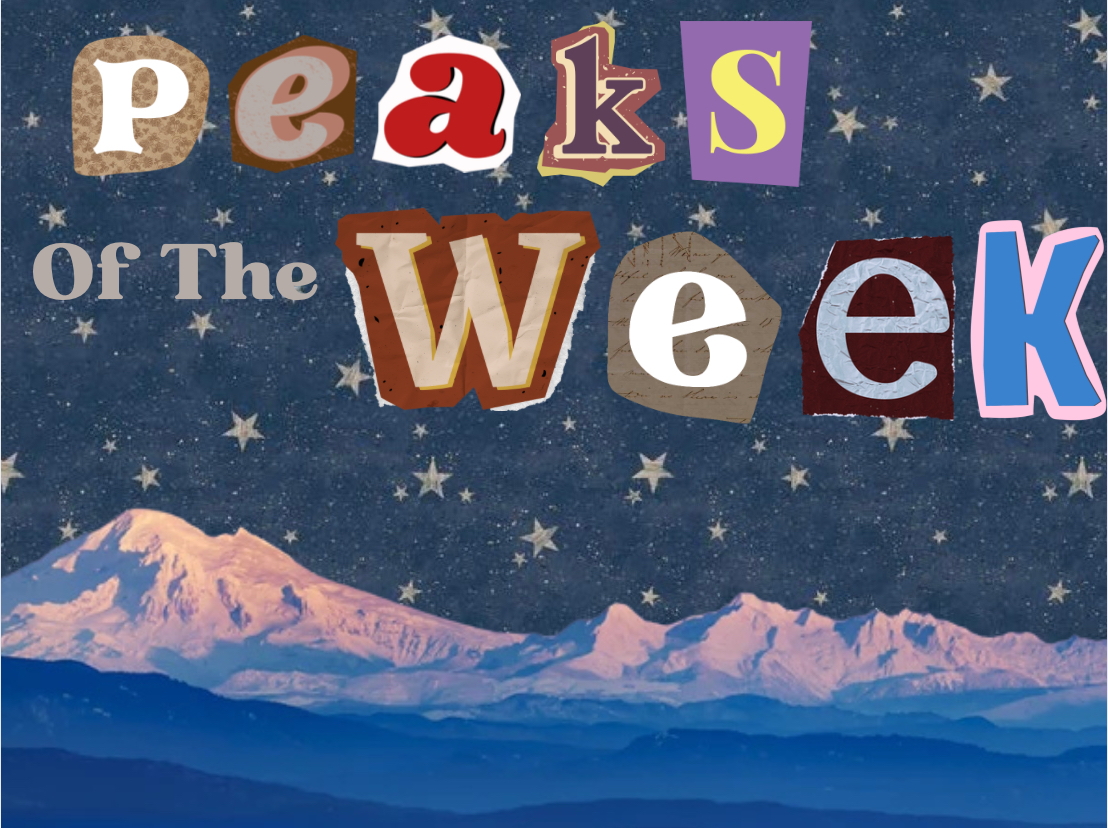We “Miss the Old Kanye”
20 years in the making, rapper Kanye West’s documentary has climbed to Netflix’s Top 10 list, shining a new light on the controversial star.
For me, and other members of Gen Z, Kanye West has always been a household name. However, now that West and I have been around for nearly two decades, the former rap genius and hard working artist is now seen as an overzealous presidential candidate and mentally ill celebrity. His recent documentary depicts this perfectly.
“Jeen-yuhs: A Kanye Trilogy” has landed on Netflix, attracting both fans and haters. According to the documentary’s visionary and director, Clarence “Coodie” Simmons, early on he “knew Kanye would be something special” and immediately picked up a camera. He followed West everywhere and was always filming, exploring the trials and tribulations of creating music and growing up. The documentary starts from the beginning: New York in 2002 at Roc-A-Fella Records.
One of the reasons I was interested in this documentary was because West has been an untouchable celebrity my entire life. I never thought about his humble beginnings in Chicago, and more importantly who he used to be.
In the first episode, appropriately titled “VISION”, West is a young 19-year-old producer, working to make connections in New York City. The documentary truly seemed like a time capsule, something that intended to remain unseen. Entirely antique camera footage and handheld cinematography, viewers experienced the 90’s once again. Or for the first time. During this decade, West found himself stuck in a producer role—but he wanted to become known as a rapper. So he began recording his own music, pulling out his retainer to perfect each verse, and walking into record labels unannounced. And he did so with little help from Roc-A-Fella.
Although not a fan of his massive ego and rash political actions, Summit junior Carter Nelson continues to listen to and appreciate West’s lyrics, melodies and beats.
“I really liked “VISION”, it was cool to see Kanye hanging out with his mom and working really hard to get his name out there,” said Nelson.
“PURPOSE”, the second episode in this trilogy, follows West’s car accident in Los Angeles. His jaw was wired shut for over a month, as it shattered in three places. Although Simmons was afraid West’s rap career would be over, West took advantage of his hospitalized weeks, creating “Through the Wire,” one of the best songs of his career. After the release of his debut album “College Dropout,” West became an overnight sensation and the worldwide celebrity we know today.
“The second episode was definitely my favorite,” said Summit junior Dylan Tucker. “I loved watching some of the best Kanye songs get made, hearing the original beats and lyrics was really cool.”
The finale, “AWAKENING”, was filmed six years after the other two episodes. Because of this extreme time jump, it is no surprise that the final episode lacked character in comparison to the first two. Clips of West’s portrayal in the media flash across the screen—the 2020 presidential election, bipolar disorder diagnosis, his mother’s death—all scrutinized by various magazines and news anchors and social media “experts.” His mental state now is even more questionable. Because of Covid-19, the more current episode seems a bit outdated based on West’s recent divorce, strange Instagram posts and public beef with comedian Pete Davidson. These topics could have given the audience something to dig into as well as created a more interesting finale.
But junior Aaron Maloney, a Kanye fan, thought differently.
“I think it’s interesting that this episode is about fame and family, not as much about Kanye. We get a view into the director’s own life as a husband and father, something pretty rare in celebrity documentaries” said Maloney.
This episode is drastically different from the prior two, as West’s life and well being have clearly changed, discussing his struggles with mental illness throughout his career and, more recently, his experience with bipolar disorder. The Mayo Clinic notes that bipolar disorder often includes extreme emotional mood swings, causing sudden highs and lows. Formerly known as manic depression, this disorder affects approximately 1% of Americans today. Even though 1% may seem small, many well known figures have struggled with this illness: Demi Lovato, David Harbor and Jimi Hendrix, to name a few.
In the last episode of the documentary, the stark difference between West’s mannerisms here as compared to in the first two, show someone who’s clearly struggling with their celebrity status.
“The last episode is almost a message against fame,” Maloney said. “The constant pressure on Kanye’s back is clear in this documentary.”
“You can watch his mental health decline as the documentary goes on. As he got famous, Kanye faced a lot of criticism and it seems like it pushed him over the edge” said Tucker. “Fans hold celebrities to a higher standard than the average person, which has to be hard to live up to.”

On an average day, you can find Bayla Orton procrastinating cleaning her room as well as writing her extremely well-planned college essay. She either smells like chlorine or pastries (often both) after...



































